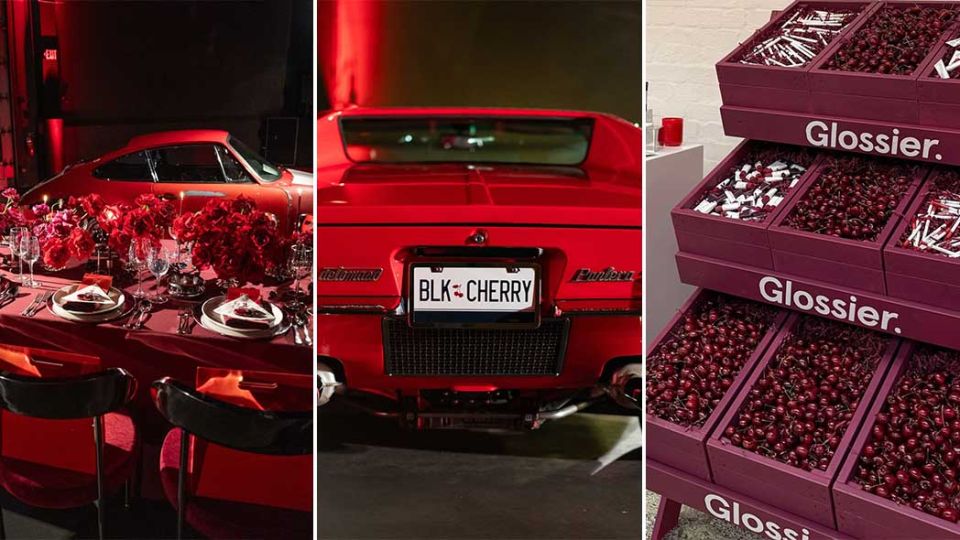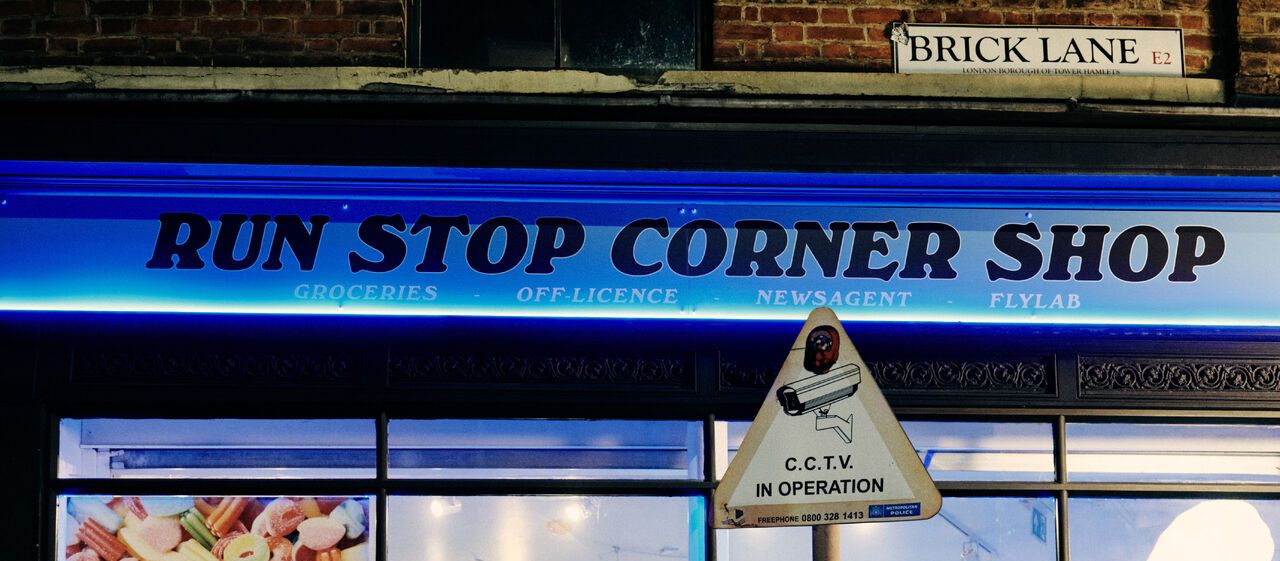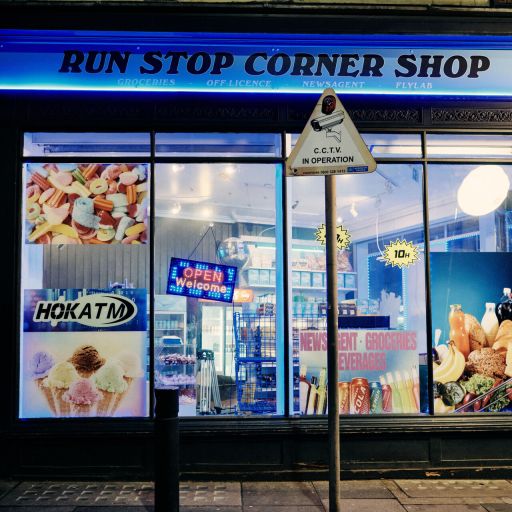
Part 2 - Elevating Experience
19.02.2025
7 minutes
1.Anonymous AI
Let’s address AI first. Unlike the hype cycle of the Metaverse, which peaked in 2022, GenAI is here to stay. It already offers significant commercial and practical benefits for both customers and brands. However, as with most technology, when we shop, we don’t want to see it or feel it. The convergence of physical and digital worlds will continue to evolve, but in the physical environments digital is often at its most powerful as invisible interfaces that quietly support the customer journey with minimal interaction. How many instore touchscreens, custom apps, or beacons genuinely enhance the shopping experience above and beyond what a human can?
AI’s real strength lies in working behind the scenes—streamlining store operations, integrating e-commerce, and supporting customers seamlessly. We see 2025 as the year when brands harness AI to increase brand efficiency and as a tool to empower staff to deliver an enhanced, personalised experience.
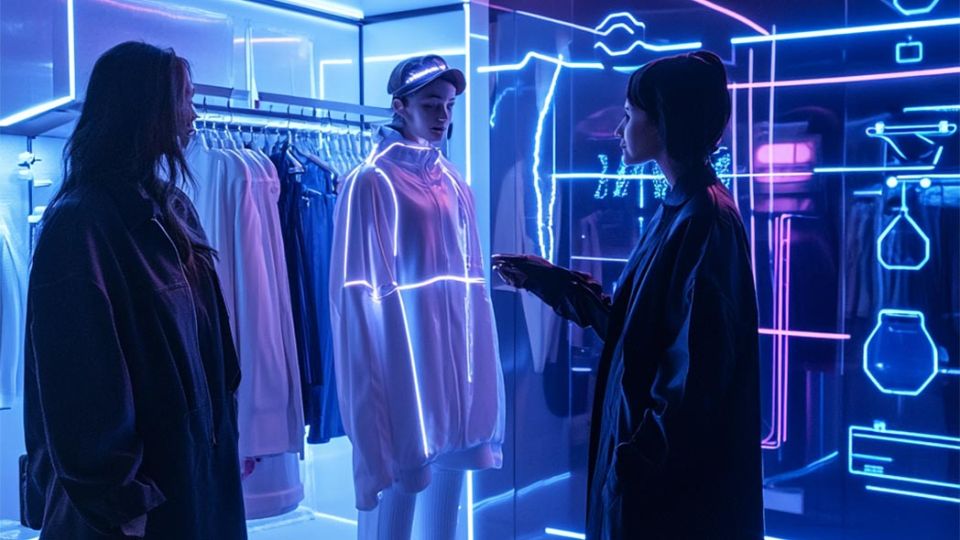
Image Midjourney
2. What Patience
In today’s fast-paced world, consumers are increasingly impatient and less brand-loyal, empowered by limitless choices and the ability to switch brands instantly. To meet these evolving expectations, reimagining the next generation of retail stores is more essential than ever.
On’s innovative store concept exemplifies this evolution in retail. By rethinking the customer journey in footwear shopping, they’ve eliminated friction points. Products are readily accessible for immediate trial behind displays, increasing try-ons and enhancing product engagement. This seamless approach to the in-store experience keeps the customer at the centre, fostering stronger connections with the brand.
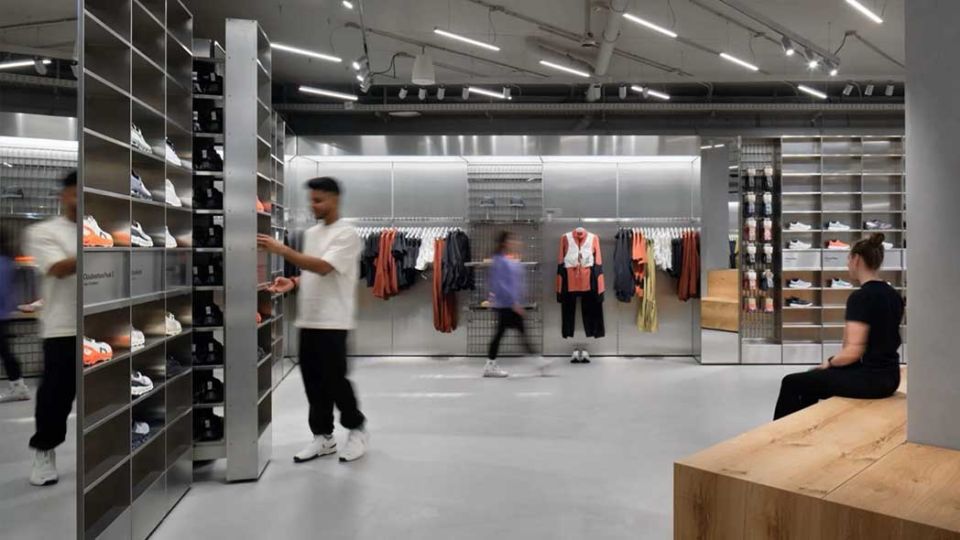
Image on
3. Tell Don't Sell
"Experiential" has been a buzzword for years—overused and often vague enough to be attached to just about any store concept or case study (let’s admit, we’ve all been guilty of it). At its core, a truly experiential space should go beyond merely selling products; it must be a place that delivers relevant services, meaningful experiences, or membership that genuinely add value to customers' lives. While this may sound obvious, the execution is often diluted, reducing these efforts to little more than brand PR exercises rather than creating real, tangible benefits for customers.
This presents a significant challenge for brands. "Experiential" retail undeniably holds power in a hyper-competitive market, but at what cost? Measuring its impact is complex. Did the customer discover the product in-store but purchase it online? Did they see it on social media first and then visit the store? Did last year’s immersive in-store experience win their loyalty today? For customers, these questions are irrelevant—they simply want the best experience. But for brands, understanding this fragmented journey is critical, yet increasingly difficult, as the lines between online and offline become ever more blurred. Some research suggests that younger consumers are more likely to leave stores without purchasing, reflecting their research-driven shopping habits to later purchase online.
The stakes are high. Some flagship stores are closing, due to an inability to prove return on investment and a lack of appreciation for the long-term marketing benefits such spaces can bring to both brands and their communities.
I remember stepping into Nike Town London as a teenager—it blew my mind. The space was vibrant, energetic, and a shrine to sport. Did I make a purchase that day? Probably not. But did it leave an impression? Absolutely. It cemented Nike as the pinnacle sports brand in my mind, influencing countless purchases I’ve made since. To this day, I find it hard to resist popping into a Nike whenever I pass one. Now, with Nike Town London temporarily closing for its next evolution, I’m excited to see how they’ll adapt this iconic flagship for a new chapter. Will they continue to redefine what "experiential" truly means in retail? We look forward to finding out.
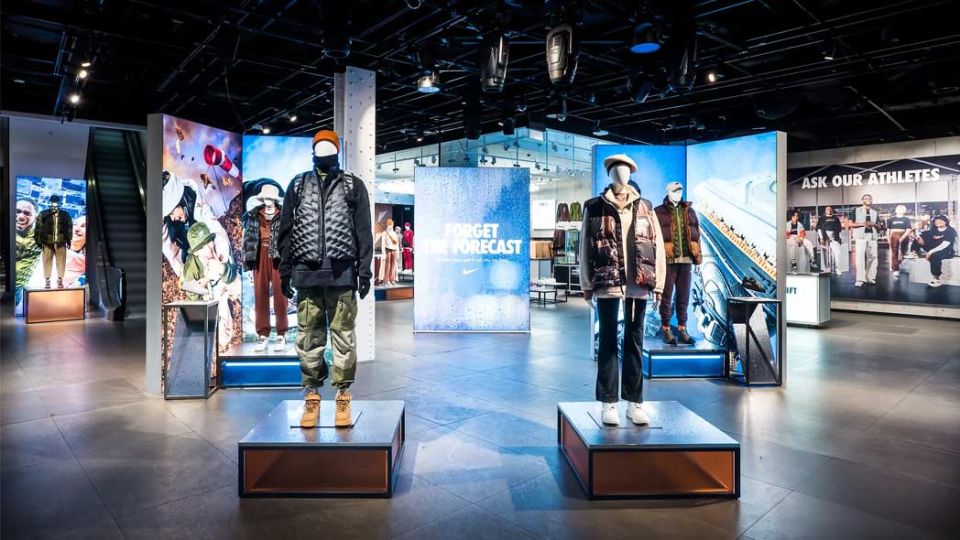
Brands like Gymshark have followed suit, making a significant investment in their retail estate in 2022 to complement and enhance their expanding e-commerce business and online community. Their Regent Street store feels more like a high-energy club you want to be part of, dedicating an unprecedented amount of physical space to fitness studios and training areas. These include free classes, breakout zones, and a coffee shop designed for its community. Gymshark is targeting long-term loyalty by treating its customers like friends, fostering genuine connections, creating a sense of belonging and a pretty cool place to hang out.

Not every store can operate on this basis—ultimately, brands need to generate revenue and meet commercial objectives. However, it’s all about striking the right balance. The in-store experience doesn’t need to be a priority in every space, provided you have a deep understanding of your customer’s needs. That’s why brands should consider strategies that integrate ROI (Return on Investment) and ROE (Return on Experience) models simultaneously, rather than treating them as separate approaches. These formats should work together to create a more holistic and effective strategy.
Brands that will continue to succeed in the physical retail space are those that develop hubs to serve their communities. These spaces are less transactional, more relevant, and designed to appeal to both the emotional and rational sides of their audience.
Vans exemplifies this approach with their new House of Vans concept store in London. This store isn’t just about retail—it’s an immersive celebration of skate culture and community. The bold, skateable architecture dominates the space, providing an experiential focus. The flexible design allows the skate ramp to hero talent, while also doubling as a retail display when needed. After hours, the perimeter fixtures can be closed off, transforming the store into a venue for live events and brand activations. This adaptability ensures the store remains a central hub for Vans’ community, maximising engagement and reinforcing brand loyalty.
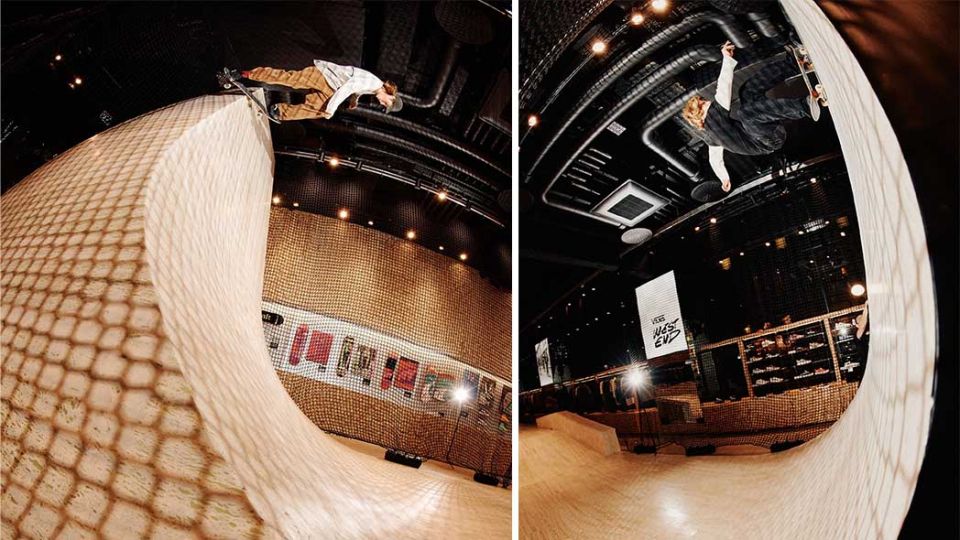
Photo Rafal Wojnowski
Forward-thinking brands understand that success often requires a long-term perspective. The teenagers stepping into the new Vans store today may not make a purchase immediately, but their experience could mark the beginning of a lasting affinity with the brand.
4. Brand Activations / community access
In today’s rapidly shifting retail landscape, pop-ups have emerged as a key strategy for brands to stay agile and relevant. These temporary spaces allow brands to create buzz and hype, test new markets, and experiment with fresh ideas without the commitment of a permanent location. Pop-ups and brand activations cater to the consumer’s appetite for unique and exclusive experiences, giving them a reason to engage in person. For brands, it’s not just about selling products—it’s about storytelling and fostering deeper emotional connections. The ability to create agile, highly curated, immersive environments tailored to a specific audience or campaign helps brands cut through the noise in a saturated market. Pop-ups also serve as testing grounds for everything from product launches to customer preferences, informing long-term strategies.
HOKA’s Run Stop Corner Shop isn’t your average store it’s a celebration of community, culture and innovation for the local running community! It’s a space for consumers to engage with products for the upcoming season. Its designed to blend into the local retail landscape and is positioned as a local convenience store with a twist.
Inside you will find playful elements such as a working ATM which produces special ‘Hokens’ rather than pound notes. Customers can then spend these Hokens to purchase items instore, from scratch cards to snacks or test the latest Bondi in their hidden FlyLab space.
The popup is designed to host a series of brand activities and local runs reflecting HOKA’s commitment to community building.
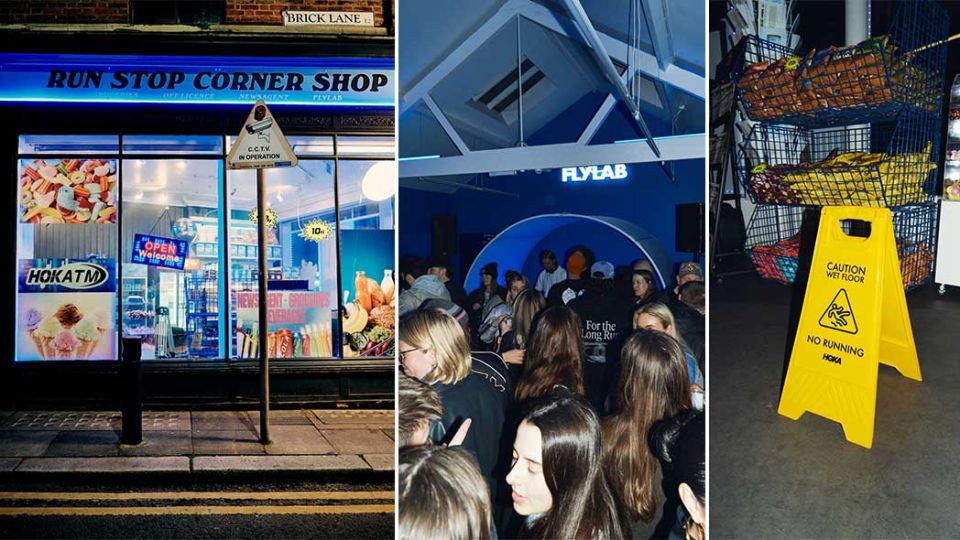
Image courtesy of Hoka
We are witnessing many beauty brands create unique events and brand activations, and Glossier continues to set the bar high. Their Blk Cherry campaign showcased their ability to surprise and delight, bringing together social talent from both the UK and the US for an innovative Supper Club experience. In the UK, an influential cooking creator collaborated with Glossier to design an immersive dining event centred around black cherries. This included hands-on activities that encouraged guests to participate, creating shareable moments and driving deeper engagement.
By actively involving their community, Glossier generated organic content and delivered a memorable experience that resonated with their audience. This activation stands as a powerful example of how to build a compelling world around a product—far beyond the traditional launch party.
